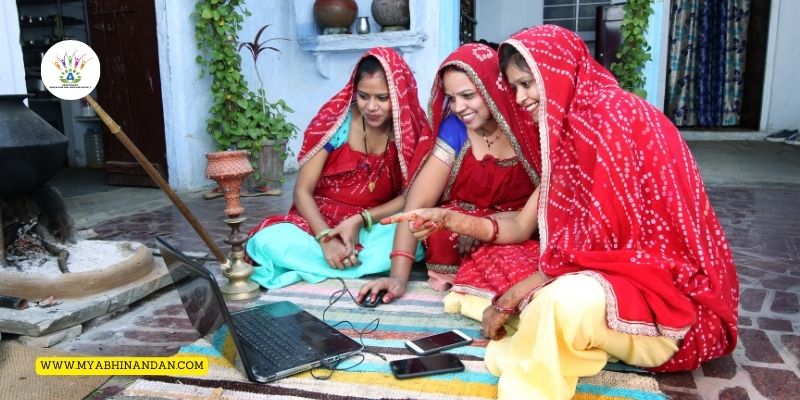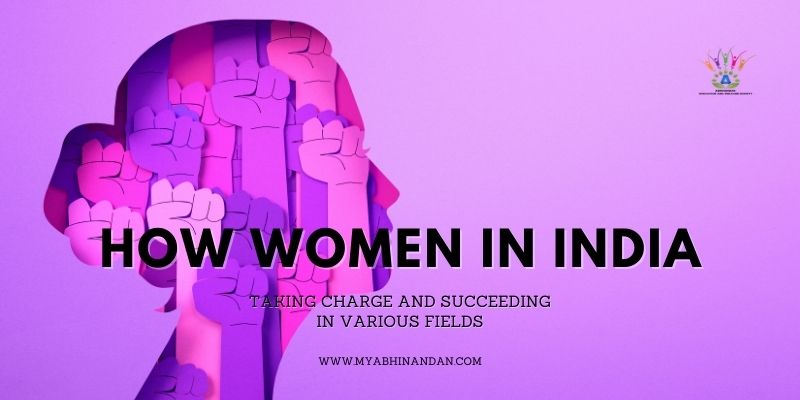India is a country of diversity and contrasts, where women face various challenges and opportunities in their pursuit of excellence and empowerment. Despite the social, cultural, and economic barriers that often limit their choices and rights, many women in India have risen to the top of their fields and made remarkable contributions to the nation’s development and progress. In this article, we will explore some of the factors that enable women in India to take charge and succeed in various domains, such as education, politics, business, science, and arts. We will also look at some of the government schemes and initiatives that aim to support and promote women’s empowerment in India.
The Importance of Education and Skills for Women’s Empowerment
One of the key factors that empower women to take charge and succeed is education. Education not only provides women with the knowledge and skills that they need to excel in their careers but also opens up opportunities for personal growth, social mobility, and civic participation. According to the World Bank, educating girls and women can boost their earnings, reduce poverty, improve health outcomes, and enhance social cohesion. Moreover, education can also foster women’s confidence, creativity, and critical thinking, which are essential for leadership and innovation.
India has made significant progress in improving women’s access to education in recent decades. According to the Women and Men in India 2022 report, the literacy rate of women aged 7 and above increased from 53.7% in 2001 to 65.5% in 2011. Moreover, the gross enrollment ratio of girls in primary, secondary, and higher education increased from 82.1%, 47.9%, and 10.5% in 2005-06 to 99.2%, 80.8%, and 25.4% in 2015-16, respectively. Furthermore, the number of women who have completed graduate and above level of education increased from 7.2 million in 2001 to 21.3 million in 2011.
However, there are still significant gaps and challenges in women’s education in India, especially in rural areas and among disadvantaged groups. According to UNESCO, 17.7 million girls are out of school in India, and two-thirds of the 265 million illiterate adults in India are women. Furthermore, women often face discrimination, violence, and cultural barriers that limit their access to quality education and learning opportunities. Therefore, it is crucial to invest in women’s education and skills development and to ensure that they have equal opportunities to learn and thrive in all levels and fields of education.
The Role of Mentorship and Networking in Women’s Success
Another factor that empowers women to take charge and succeed is mentorship and networking. Mentorship is a relationship in which a more experienced or knowledgeable person guides, supports, and advises a less experienced or knowledgeable person. Networking is the process of building and maintaining professional and personal contacts that can provide information, advice, and opportunities. Both mentorship and networking can help women to gain valuable insights, feedback, and guidance from others who have been in their shoes, and to access resources, opportunities, and connections that can advance their careers and goals.
According to a study by KPMG, 28% of women who have mentors aspire to become top executives, compared to 19% of those who do not have mentors. Moreover, 48% of women who have mentors feel more confident in their abilities, compared to 39% of those who do not have mentors. Similarly, a study by LinkedIn found that 85% of women who have strong networks feel more confident in their careers, compared to 63% of those who do not have strong networks. Furthermore, 70% of women who have strong networks have successfully switched careers, compared to 50% of those who do not have strong networks.
However, finding and maintaining mentors and networks can be challenging for women in India, especially in male-dominated fields. According to a study by LeanIn.Org and McKinsey & Company, women in India are less likely than men to have mentors who are senior-level leaders and less likely to receive advice on how to advance their careers. Moreover, women in India often face stereotypes, biases, and harassment that can undermine their credibility and confidence and make them feel isolated and excluded from professional and social circles. Therefore, it is important to create and support platforms and programs that can facilitate mentorship and networking for women in India and to foster a culture of inclusion and respect in the workplace and society.
The Impact of Role Models and Inspiration on Women’s Aspirations

A third factor that empowers women to take charge and succeed is role models and inspiration. Role models are people who have achieved success or excellence in a particular field or activity and who serve as examples or guides for others. Inspiration is the process of being mentally stimulated to do or feel something, especially something creative or positive. Both role models and inspiration can help women to envision their possibilities, to aspire to their goals, and to overcome their challenges and doubts.
According to a study by Catalyst, 65% of women who have role models are more likely to set career goals, compared to 36% of those who do not have role models. Moreover, 56% of women who have role models are more likely to aspire to senior leadership positions, compared to 39% of those who do not have role models. Similarly, a study by Microsoft found that 58% of girls who have role models in STEM (science, technology, engineering, and mathematics) fields are more likely to pursue STEM careers, compared to 36% of those who do not have role models in STEM fields.
India has many inspiring women role models who have made remarkable achievements and contributions in various fields, such as politics, business, science, arts, and sports. Some of the prominent examples are:
- Indira Gandhi, the first and only female prime minister of India, who led the country through several critical events, such as the 1971 war with Pakistan, the nuclear tests of 1974, and the national emergency of 1975-77.
- Kiran Mazumdar-Shaw, the founder and chairperson of Biocon, India’s largest pharmaceutical company, who is also a pioneer in the field of biotechnology and a philanthropist who supports various causes, such as health, education, and the environment.
- Kalpana Chawla, the first Indian-born woman in space, who flew on two NASA space shuttle missions and died in the Columbia disaster of 2003, leaving behind a legacy of courage, curiosity, and excellence.
- Arundhati Roy, the Booker Prize-winning author of The God of Small Things, who is also a renowned activist and critic of various social and political issues, such as globalization, environmentalism, and human rights.
- Mithali Raj, the captain of the Indian women’s cricket team, who is the highest run-scorer in women’s international cricket and the only female cricketer to surpass 6,000 runs in one-day internationals.
However, finding and following role models can be difficult for women in India, especially in fields where they are underrepresented or marginalised. According to a study by LeanIn.Org and McKinsey & Company, only 38% of women in India can name a famous woman leader in their field, compared to 48% of men. Moreover, only 22% of women in India can name a woman in their organisation who has the position they aspire to, compared to 30% of men. Furthermore, women in India often face stereotypes, biases, and backlash that can diminish their achievements and recognition and discourage them from pursuing their ambitions. Therefore, it is vital to celebrate and showcase the achievements and stories of women role models in India and to encourage and inspire women to follow their dreams and passions.
The Government Schemes and Initiatives for Women’s Empowerment in India
The Indian government has implemented substantial measures aimed at empowering women, fostering avenues for attaining economic autonomy, and improving their overall quality of life. In this section, we will briefly describe some of the government schemes and initiatives for women’s empowerment in India, which are a part of government initiatives for the care and security of women in our society.
- Beti Bachao Beti Padhao (Save the Girl Child, Educate the Girl Child): This scheme was launched in 2015 to address the declining child sex ratio and to promote the education and empowerment of girls. The scheme aims to prevent gender-biased sex selection, ensure the survival and protection of girls, and enable their education and participation.
- Pradhan Mantri Ujjwala Yojana (Prime Minister’s Scheme for LPG Gas Cylinders): This scheme was launched in 2016 to provide free LPG gas connections to women from below the poverty line households. The scheme aims to reduce the health and environmental hazards of using firewood and other traditional fuels for cooking and to empower women by enhancing their convenience and dignity.
- Pradhan Mantri Mudra Yojana (Prime Minister’s Scheme for Micro Units Development and Refinance Agency): This scheme was launched in 2015 to provide loans up to 10 lakh rupees to non-corporate, non-farm small and micro enterprises, with a special focus on women entrepreneurs.



